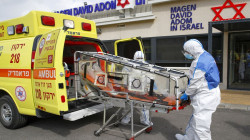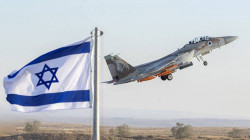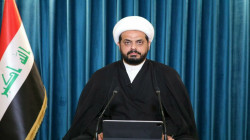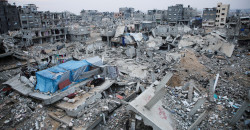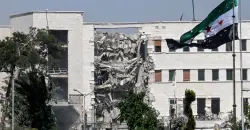Israel makes dramatic upgrades to military plans to attack Iran
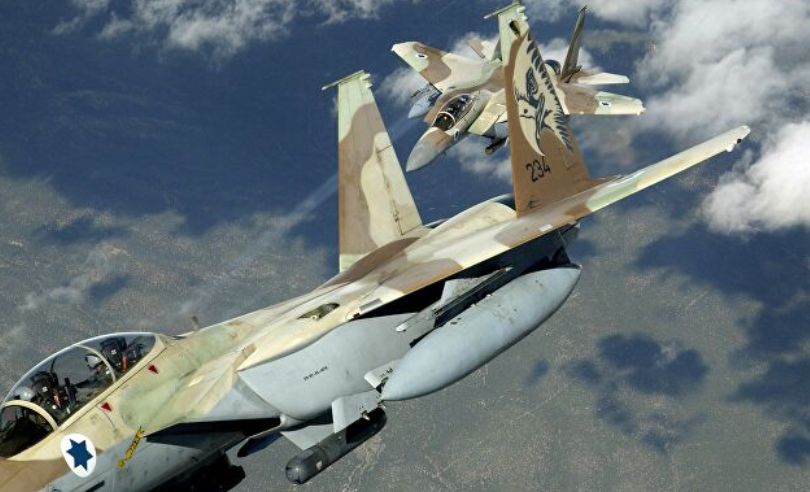
Shafaq News / In face of Iran’s continued development of a nuclear capability, the Israeli Air Force has developed a new capability to be able to fly its F-35 stealth fighter jets from Israel to the Islamic Republic without requiring mid-air refueling.
The development is a boost to IAF capabilities and comes as the Israeli military has upped its preparations for a future strike against Iran’s nuclear capabilities.
In addition, the IAF recently integrated a new one-ton bomb into the arsenal of weapons used by the F-35s (known in the IAF as the “Adir”) that can be carried inside the plane’s internal weapons compartment without jeopardizing its stealth radar signature.
The bomb – made by Rafael Advanced Weapons Systems - is said to be autonomous and protected against jamming and electronic warfare systems. The bomb was recently used in a series of IAF tests, the results of which were presented to Defense Minister Benny Gantz.
The IAF has held four large-scale drills simulating attacks against Iran over the last month. The first drill included confronting Iranian radar and detection systems, like those which protect its nuclear installations. The second included simulating long-range combat flights – in this case to destinations in Europe. The other drills included defensive measures against cyber weapons and electronic warfare systems, means that could be used by Iran to undermine an Israeli military operation.
News of the progress in military preparedness came just a day after Prime Minister Naftali Bennett told the Knesset Foreign Affairs and Defense Committee that Israel’s Iran strategy has changed in the last year, and it is “acting against the head... and not just its arms, as we had in recent years.”
During the recent military maneuvers, the IAF also drilled cooperation between fifth-generation fighter jets like the F-35 and fourth-generation jets like Israel’s older model F15s and F-16s. The planes practiced sharing intelligence, missions and more.
“Iran’s surface-to-air missile systems and radars are crowded and they are not the only challenge,” a defense official said. “We need to be able to attack targets that are significant and the attack needs to be able to cause extensive damage. There are multiple targets in Iran at different ranges.”
(The Jerusalem Post)
